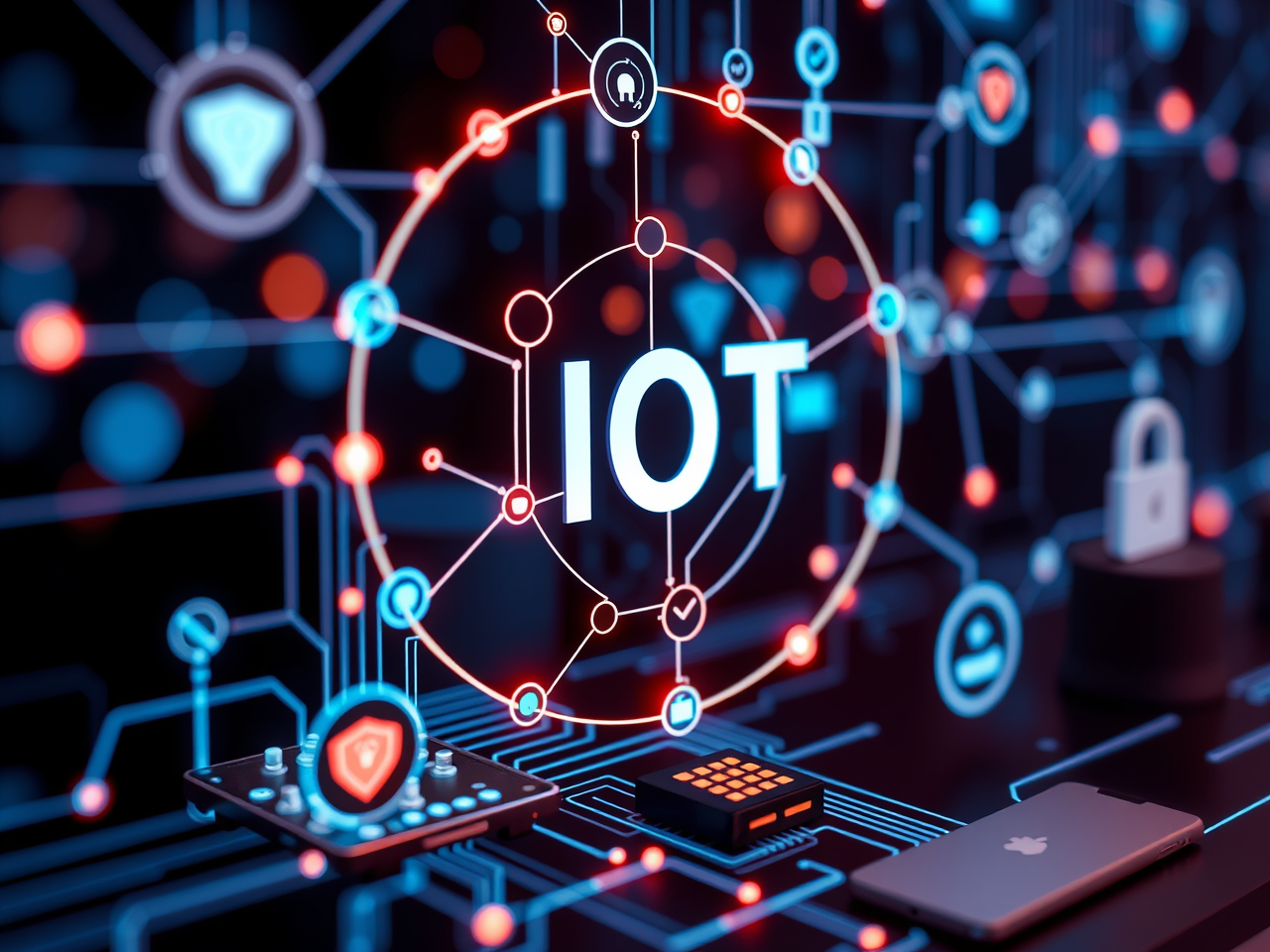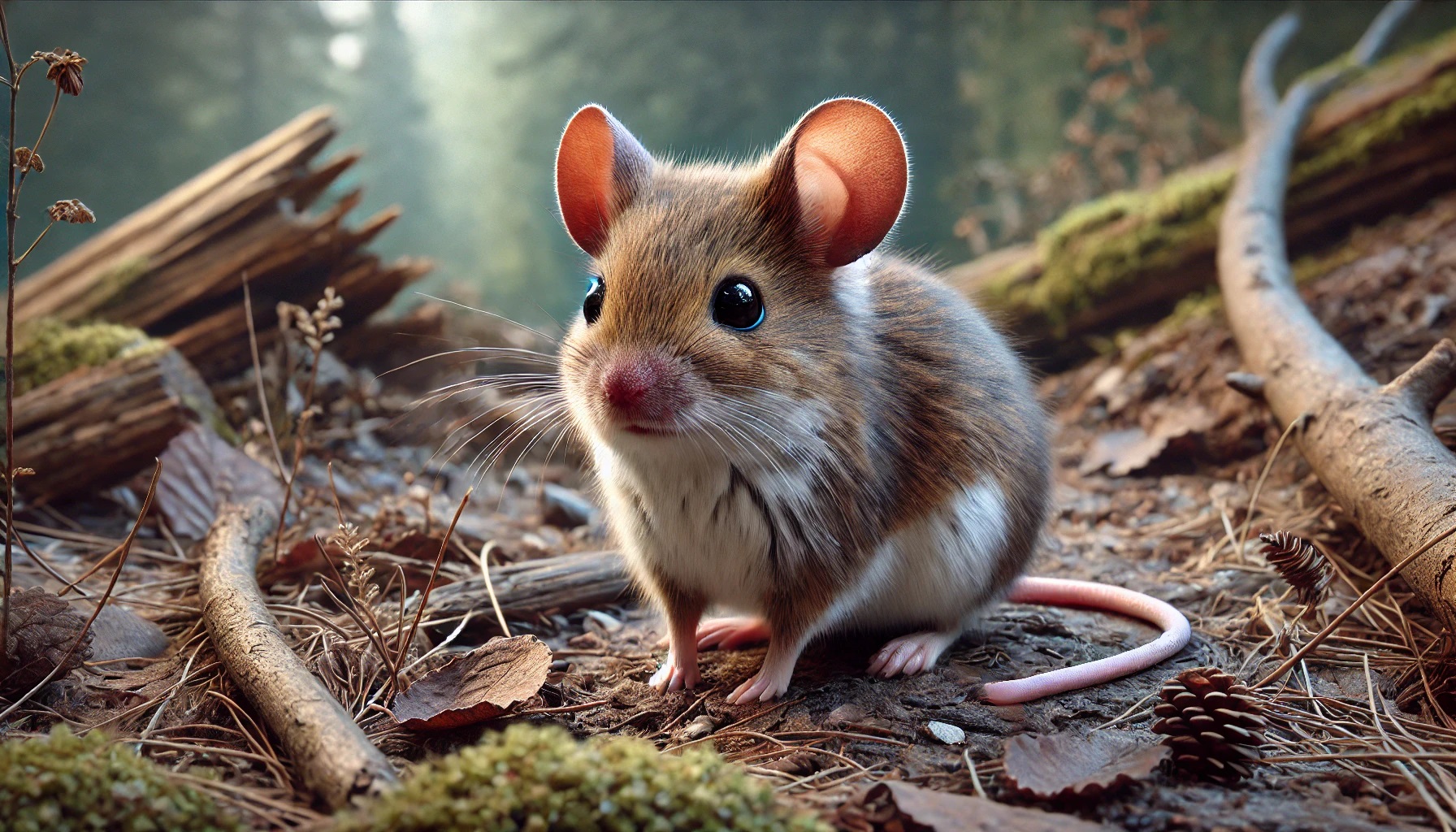Understanding Its Significance and Applications
The Internet of Things (IoT) is rapidly transforming how we interact with the world, integrating technology into nearly every aspect of our daily lives. IoT refers to the interconnected network of physical objects embedded with sensors, software, and other technologies to collect and exchange data with other devices and systems over the internet. These “things” range from simple household items like smart thermostats and light bulbs to more complex machinery used in industries, healthcare, and urban infrastructure.
As IoT continues to evolve, its significance grows, reshaping industries, driving innovation, and creating new business models. IoT’s potential is enormous, offering solutions that improve efficiency, reduce costs, and enhance the quality of life. For businesses, IoT presents opportunities to streamline operations, enhance customer experiences, and create smarter, more sustainable environments.
In this article, we’ll delve into the basics of IoT, exploring what it is, its core focus areas, the impact it has on various sectors, and why it is crucial for the future. We’ll also provide examples and practical applications to illustrate how IoT is already making a difference in the world.
What is IoT?
Let’s dive into the basics. We have heard this term a gazillion times now. The Internet of Things (IoT) is a broad concept encompassing various technologies, devices, and applications connected through the internet. The fundamental idea behind IoT is to enable physical objects to communicate, collect, and share data, allowing them to operate more intelligently and autonomously.
At its core, IoT consists of three main components: sensors, connectivity, and data processing. Sensors are the devices that collect data from the physical environment, such as temperature, humidity, motion, or pressure. This data is then transmitted via various connectivity options, such as Wi-Fi, Bluetooth, cellular networks, or specialized IoT protocols like Zigbee or LoRaWAN. Once the data is collected and transmitted, it is processed and analyzed to generate actionable insights or trigger specific actions.
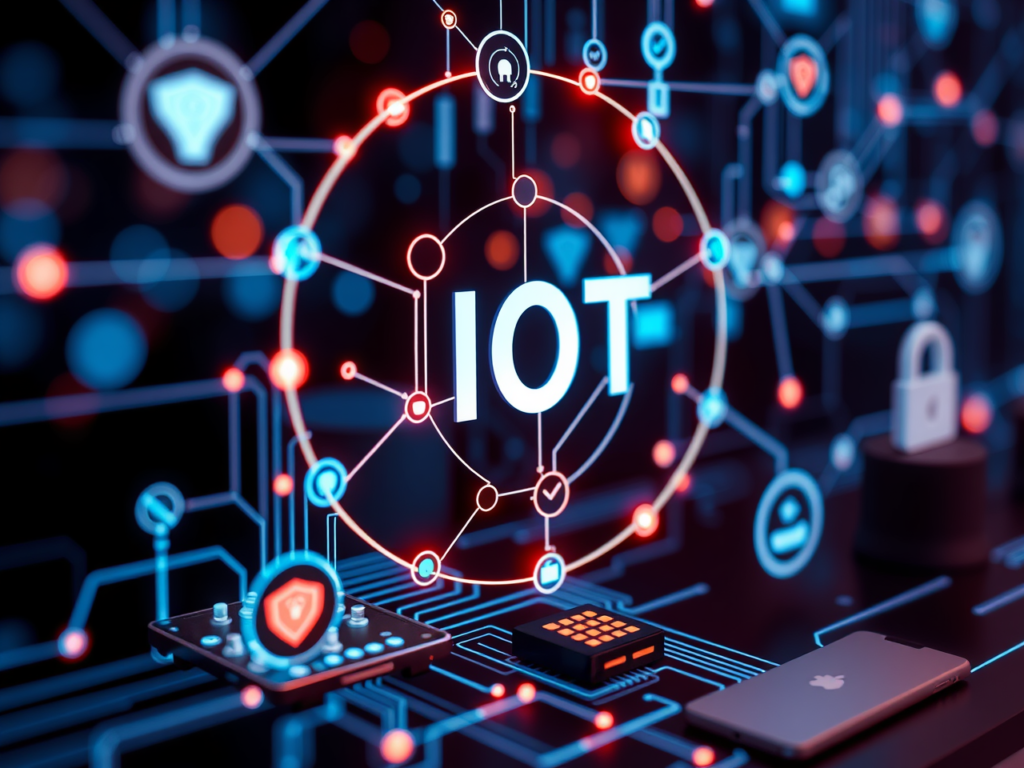
The power of IoT lies in its ability to transform data into valuable information, enabling real-time monitoring, predictive maintenance, and automated decision-making. This capability has led to the widespread adoption of IoT across various industries, including manufacturing, healthcare, agriculture, transportation, and smart cities.
Focus Areas of IoT
IoT’s versatility allows it to be applied in numerous sectors, each with its specific focus areas. Some of the key focus areas include:
- Smart Homes and Buildings: IoT has revolutionized the way we interact with our living spaces. Smart homes are equipped with devices like smart thermostats, lighting systems, security cameras, and appliances that can be controlled remotely through a smartphone or voice assistants like Amazon Alexa or Google Assistant. These devices communicate with each other, providing convenience, energy efficiency, and enhanced security.
- Industrial IoT (IIoT): In the industrial sector, IoT is transforming manufacturing, supply chain management, and maintenance processes. Industrial IoT (IIoT) involves connecting machinery, sensors, and devices within a manufacturing plant or supply chain network to monitor and optimize operations. For example, IoT-enabled predictive maintenance can detect potential equipment failures before they occur, reducing downtime and maintenance costs.
- Healthcare: IoT is playing a crucial role in healthcare by enabling remote patient monitoring, telemedicine, and personalized treatment plans. Wearable devices like fitness trackers, smartwatches, and connected medical devices can monitor vital signs, track patient activity, and transmit data to healthcare providers in real-time. This allows for timely interventions and improved patient outcomes.
- Agriculture: IoT is helping farmers optimize their operations by providing real-time data on soil conditions, weather patterns, and crop health. IoT-enabled sensors and devices can monitor soil moisture levels, temperature, and humidity, allowing farmers to make data-driven decisions about irrigation, fertilization, and pest control. This leads to increased crop yields, reduced resource wastage, and more sustainable farming practices.
- Smart Cities: IoT is a key enabler of smart cities, where interconnected devices and systems improve urban infrastructure and services. Smart cities leverage IoT for traffic management, waste management, energy efficiency, and public safety. For instance, IoT-enabled traffic sensors can monitor vehicle flow and adjust traffic signals in real-time to reduce congestion. Similarly, smart lighting systems can adjust streetlights based on pedestrian activity, reducing energy consumption.
- Transportation and Logistics: IoT is transforming transportation and logistics by enabling real-time tracking of vehicles, shipments, and assets. Fleet management systems use IoT to monitor vehicle performance, fuel consumption, and driver behavior, optimizing routes and reducing operational costs. IoT-enabled tracking devices also provide real-time visibility of shipments, allowing businesses to monitor the location and condition of goods in transit.
Impact of IoT
The impact of IoT is profound, influencing various aspects of our lives and reshaping industries. Some of the key impacts include:
- Improved Efficiency and Productivity: IoT enables automation and real-time monitoring, leading to increased efficiency and productivity across industries. For example, in manufacturing, IoT-enabled machines can operate autonomously, adjusting their settings based on real-time data to optimize production processes. This reduces the need for manual intervention and minimizes errors, leading to higher output and lower costs.
- Enhanced Customer Experiences: IoT allows businesses to offer personalized and seamless experiences to their customers. For example, smart retail stores use IoT to track customer behavior and preferences, enabling them to offer personalized product recommendations and promotions. IoT-enabled devices also allow customers to interact with brands through various channels, such as mobile apps, voice assistants, and connected devices, creating a more engaging and convenient shopping experience.
- Sustainable and Energy-Efficient Solutions: IoT plays a crucial role in promoting sustainability and energy efficiency. For example, smart grids use IoT to monitor and manage energy consumption in real-time, allowing utilities to balance supply and demand more effectively. Similarly, IoT-enabled smart buildings can optimize energy usage by adjusting lighting, heating, and cooling systems based on occupancy and weather conditions. This reduces energy consumption and lowers carbon emissions, contributing to a more sustainable future.
- Data-Driven Decision Making: IoT generates vast amounts of data, which can be analyzed to gain valuable insights and make informed decisions. For example, in agriculture, IoT-enabled sensors provide real-time data on soil conditions, weather patterns, and crop health, allowing farmers to make data-driven decisions about irrigation, fertilization, and pest control. This leads to increased crop yields, reduced resource wastage, and more sustainable farming practices.
- Improved Safety and Security: IoT enhances safety and security in various sectors, including healthcare, transportation, and smart cities. For example, in healthcare, IoT-enabled medical devices can monitor patients’ vital signs and alert healthcare providers in case of any abnormalities, allowing for timely interventions and reducing the risk of complications. In transportation, IoT-enabled vehicles can detect and avoid obstacles, reducing the risk of accidents. Similarly, in smart cities, IoT-enabled surveillance cameras and sensors can monitor public spaces and detect potential security threats, enabling authorities to respond quickly and efficiently.
Why IoT is Important
The importance of IoT lies in its ability to drive innovation, improve efficiency, and create new business opportunities. Some of the key reasons why IoT is important include:
- Driving Digital Transformation: IoT is a key driver of digital transformation, enabling businesses to leverage data and technology to improve operations, enhance customer experiences, and create new revenue streams. By connecting devices and systems, IoT allows businesses to collect and analyze data in real-time, enabling them to make informed decisions and respond quickly to changing market conditions.
- Enabling Automation and Autonomy: IoT enables automation and autonomy, allowing devices and systems to operate independently and make decisions based on real-time data. This reduces the need for manual intervention, minimizes errors, and improves efficiency. For example, in manufacturing, IoT-enabled machines can adjust their settings based on real-time data, optimizing production processes and reducing downtime.
- Enhancing Connectivity and Collaboration: IoT enhances connectivity and collaboration by enabling devices and systems to communicate and share data with each other. This creates a more interconnected and collaborative environment, allowing businesses to streamline operations, improve coordination, and enhance customer experiences.
- Creating New Business Models and Opportunities: IoT creates new business models and opportunities by enabling businesses to offer innovative products and services. For example, IoT-enabled smart devices can be offered as a subscription service, allowing customers to pay for usage rather than ownership. Similarly, IoT-enabled platforms can provide businesses with new revenue streams by offering data-driven insights and analytics.
- Promoting Sustainability and Energy Efficiency: IoT plays a crucial role in promoting sustainability and energy efficiency by enabling businesses and consumers to monitor and manage energy consumption in real-time. This reduces energy wastage, lowers carbon emissions, and contributes to a more sustainable future.
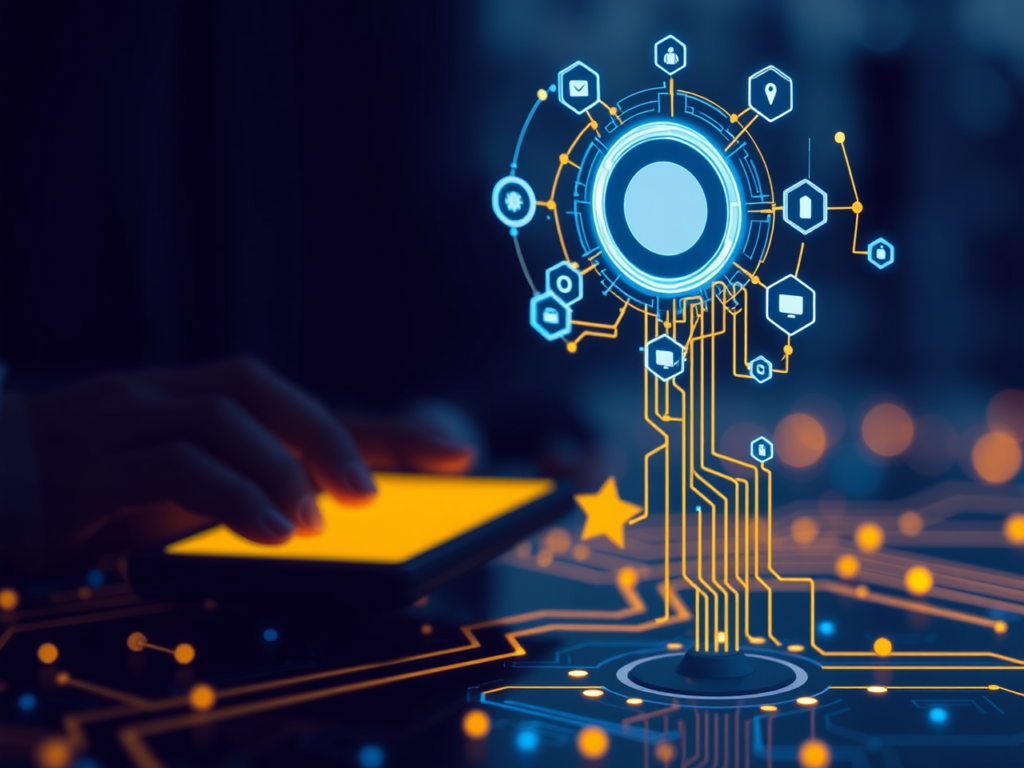
Examples and Practical Applications of IoT
To illustrate the practical applications of IoT, let’s explore some real-world examples:
- Smart Thermostats: Smart thermostats like the Nest Thermostat use IoT to monitor and control the temperature in a home. These devices learn the user’s preferences and automatically adjust the temperature based on occupancy and weather conditions. This not only provides comfort but also reduces energy consumption and lowers utility bills.
- Connected Cars: IoT is transforming the automotive industry by enabling connected cars that can communicate with other vehicles, infrastructure, and the cloud. For example, Tesla’s vehicles use IoT to provide real-time navigation, over-the-air software updates, and autonomous driving features. Connected cars also enable predictive maintenance, where the vehicle can alert the owner of potential issues before they occur, reducing the risk of breakdowns.
- Smart Agriculture: IoT is revolutionizing agriculture by enabling precision farming, which optimizes the use of resources like water, fertilizers, and pesticides. For example, IoT-enabled sensors can monitor soil moisture levels and weather conditions, allowing farmers to irrigate their fields more efficiently. Drones equipped with IoT sensors can also be used to monitor crop health and detect pest infestations, enabling timely interventions that improve crop yields and reduce resource wastage.
- Smart Cities: IoT is a cornerstone of smart city initiatives, where technology is used to enhance the quality of urban life. For example, Barcelona has implemented an IoT-based smart lighting system that adjusts streetlight intensity based on pedestrian and vehicle movement, reducing energy consumption by 30%. Another example is smart waste management, where IoT-enabled bins send alerts when they are full, allowing for optimized waste collection routes and reducing fuel consumption.
- Remote Health Monitoring: In healthcare, IoT is enabling the development of remote health monitoring systems that allow patients to receive care from the comfort of their homes. Wearable devices like smartwatches can track vital signs such as heart rate, blood pressure, and oxygen levels. This data is transmitted in real-time to healthcare providers, enabling early detection of potential health issues and timely interventions. This approach is particularly beneficial for managing chronic conditions such as diabetes and heart disease.
- Supply Chain Management: IoT is transforming supply chain management by providing real-time visibility into the location and condition of goods in transit. IoT-enabled tracking devices can monitor the temperature, humidity, and vibration levels of perishable goods, ensuring they are transported under optimal conditions. This reduces the risk of spoilage and loss, improving overall supply chain efficiency. Additionally, IoT can optimize inventory management by providing real-time data on stock levels, reducing the need for manual checks and minimizing stockouts.
- Smart Grid: IoT is playing a critical role in modernizing energy infrastructure through the development of smart grids. A smart grid uses IoT to monitor and manage the distribution of electricity in real-time, ensuring a balance between supply and demand. For instance, smart meters provide consumers with real-time data on their energy usage, allowing them to adjust consumption patterns and reduce energy costs. Utilities can also use IoT to detect and respond to power outages more quickly, improving the reliability of the energy supply.
- Smart Retail: Retailers are leveraging IoT to enhance the shopping experience and optimize operations. For example, IoT-enabled beacons can send personalized offers and promotions to customers’ smartphones as they walk through a store. Smart shelves equipped with sensors can monitor inventory levels in real-time, alerting staff when items need to be restocked. Additionally, IoT can be used to track customer behavior in-store, providing valuable insights into shopping patterns and preferences.
- Environmental Monitoring: IoT is being used to monitor and protect the environment by providing real-time data on air and water quality, noise levels, and other environmental factors. For instance, IoT sensors can be deployed in urban areas to monitor air pollution and provide data to city planners, enabling them to implement measures to improve air quality. Similarly, IoT can be used to monitor water quality in rivers, lakes, and oceans, helping to detect and respond to pollution incidents more quickly.
The Future of IoT
As IoT continues to evolve, its impact on society and the economy will only grow. The number of connected devices is expected to reach tens of billions in the coming years, generating vast amounts of data that can be harnessed to drive innovation and improve quality of life. The development of 5G networks will further accelerate the adoption of IoT by providing faster and more reliable connectivity, enabling new use cases and applications.
In the future, we can expect to see IoT play a central role in the development of smart cities, autonomous vehicles, and advanced healthcare systems. IoT will also be instrumental in addressing global challenges such as climate change, food security, and urbanization by enabling more efficient and sustainable solutions.
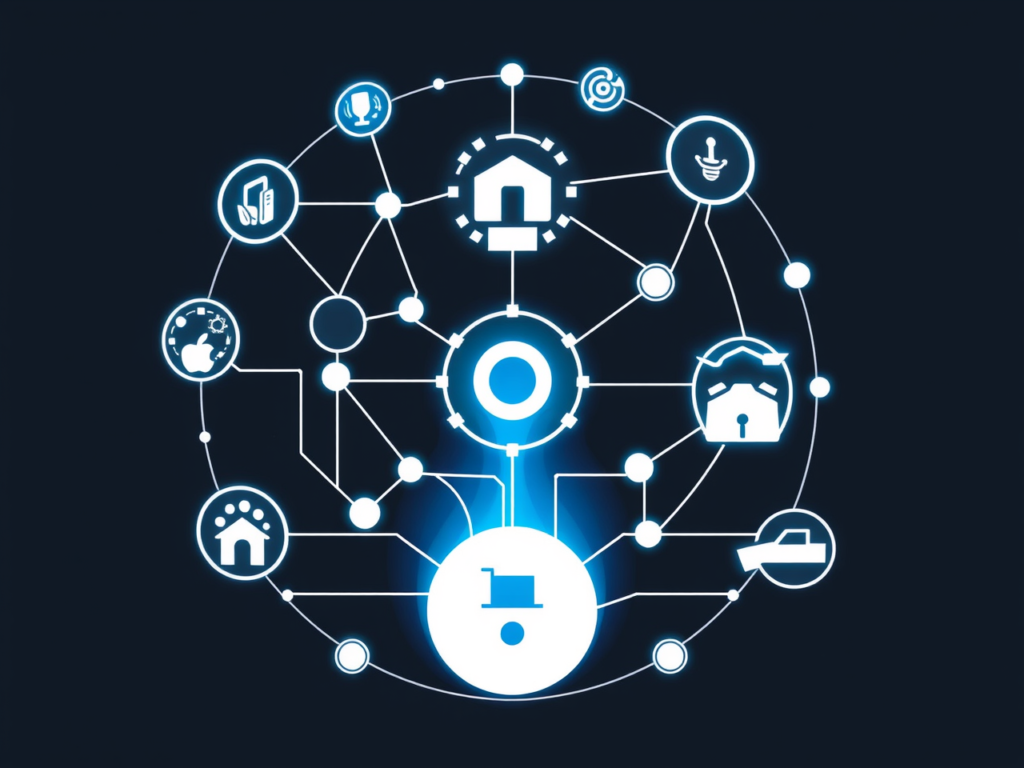
Conclusion
The Internet of Things (IoT) is a transformative technology that is reshaping industries, driving innovation, and improving the quality of life. By connecting devices and systems, IoT enables real-time monitoring, automation, and data-driven decision-making, leading to increased efficiency, productivity, and sustainability. From smart homes and cities to industrial automation and healthcare, IoT is already making a significant impact across various sectors.
As IoT continues to evolve, its potential to create new business opportunities, enhance connectivity, and promote sustainability will become even more apparent. The future of IoT is bright, with endless possibilities for innovation and growth. As businesses and consumers increasingly embrace IoT, it will become an integral part of our daily lives, driving the digital transformation of industries and creating a more connected and efficient world.
By understanding the basics of IoT and its practical applications, businesses and individuals can better prepare for the opportunities and challenges that lie ahead in this rapidly evolving technological landscape.
Curated Reads:


